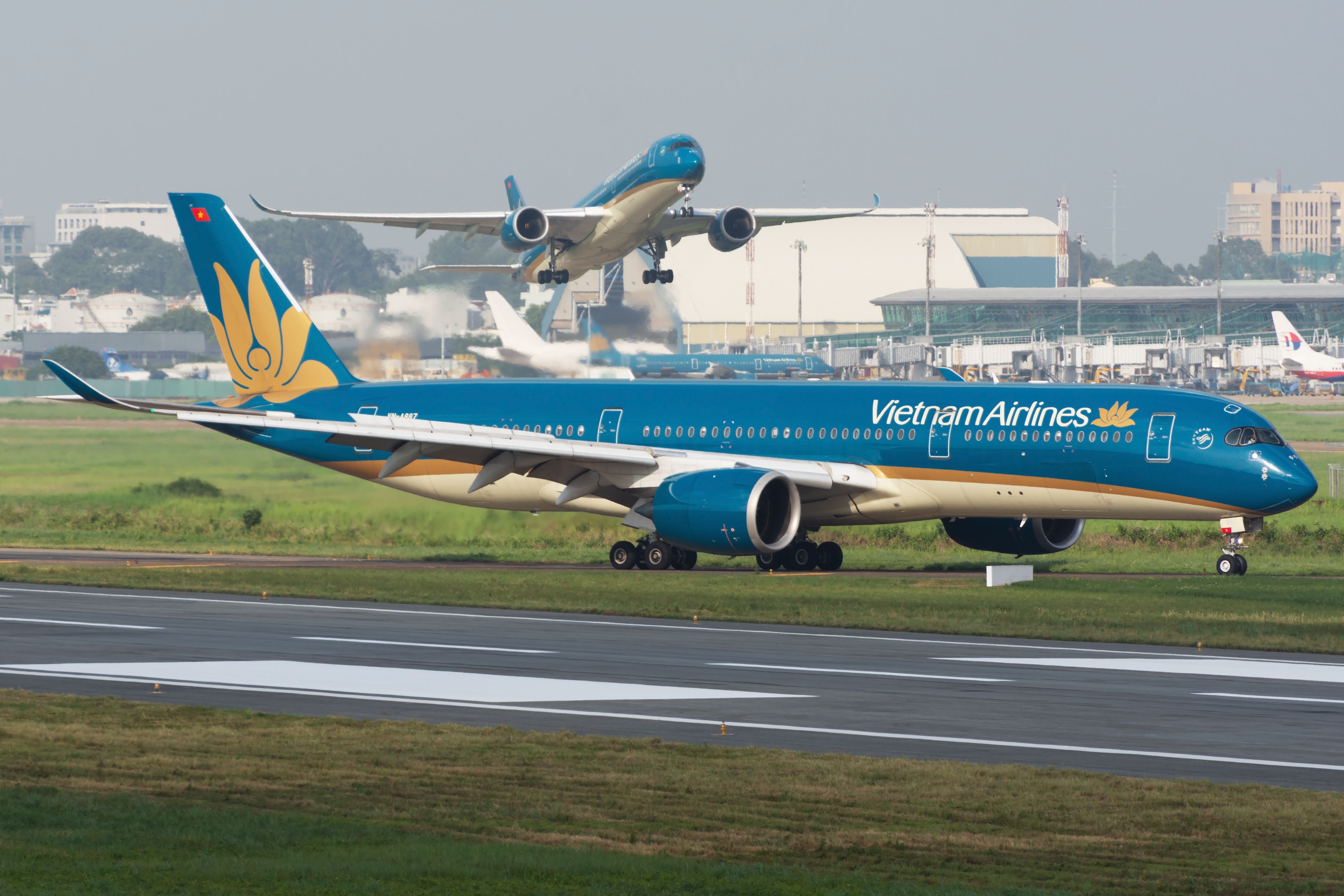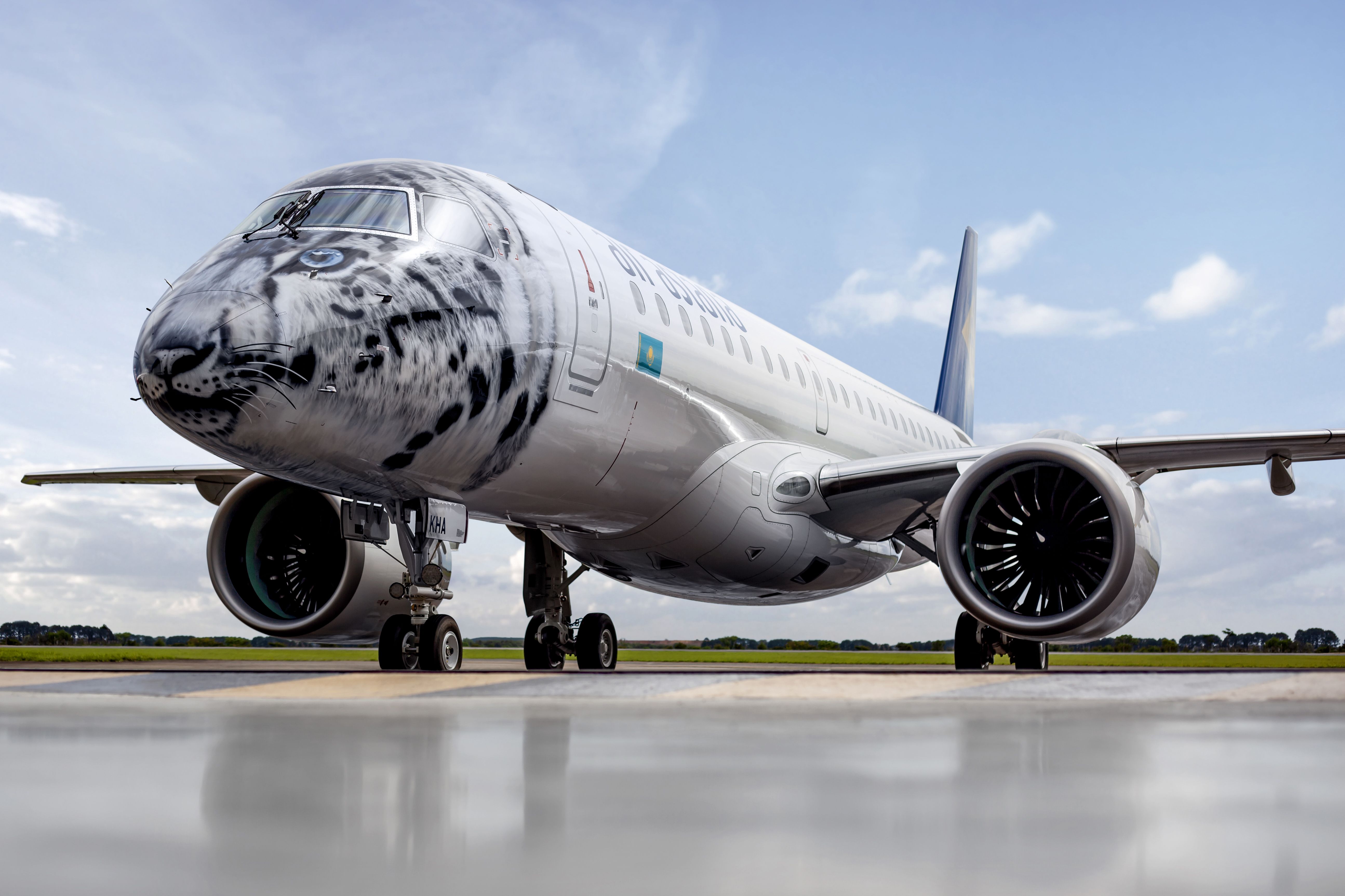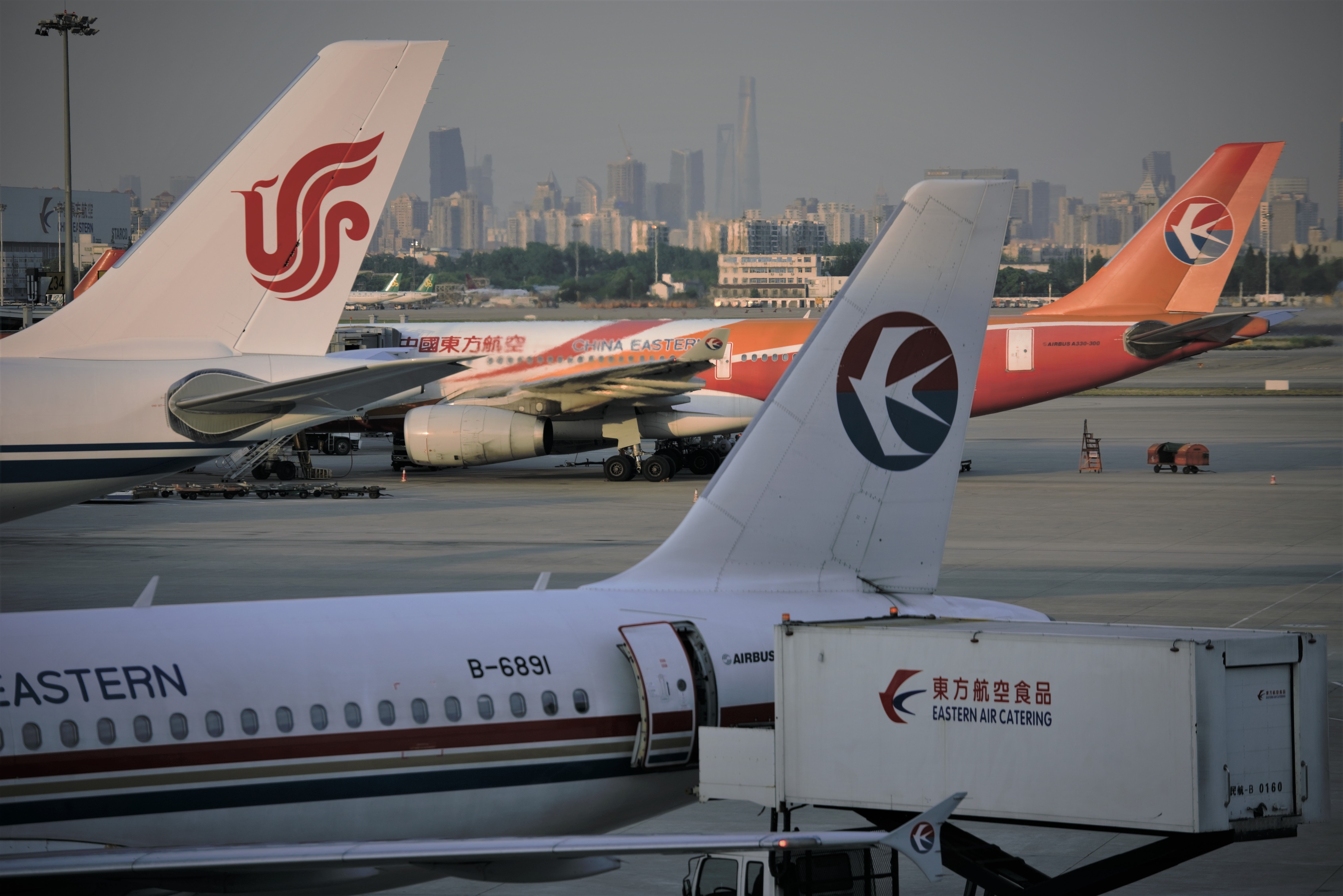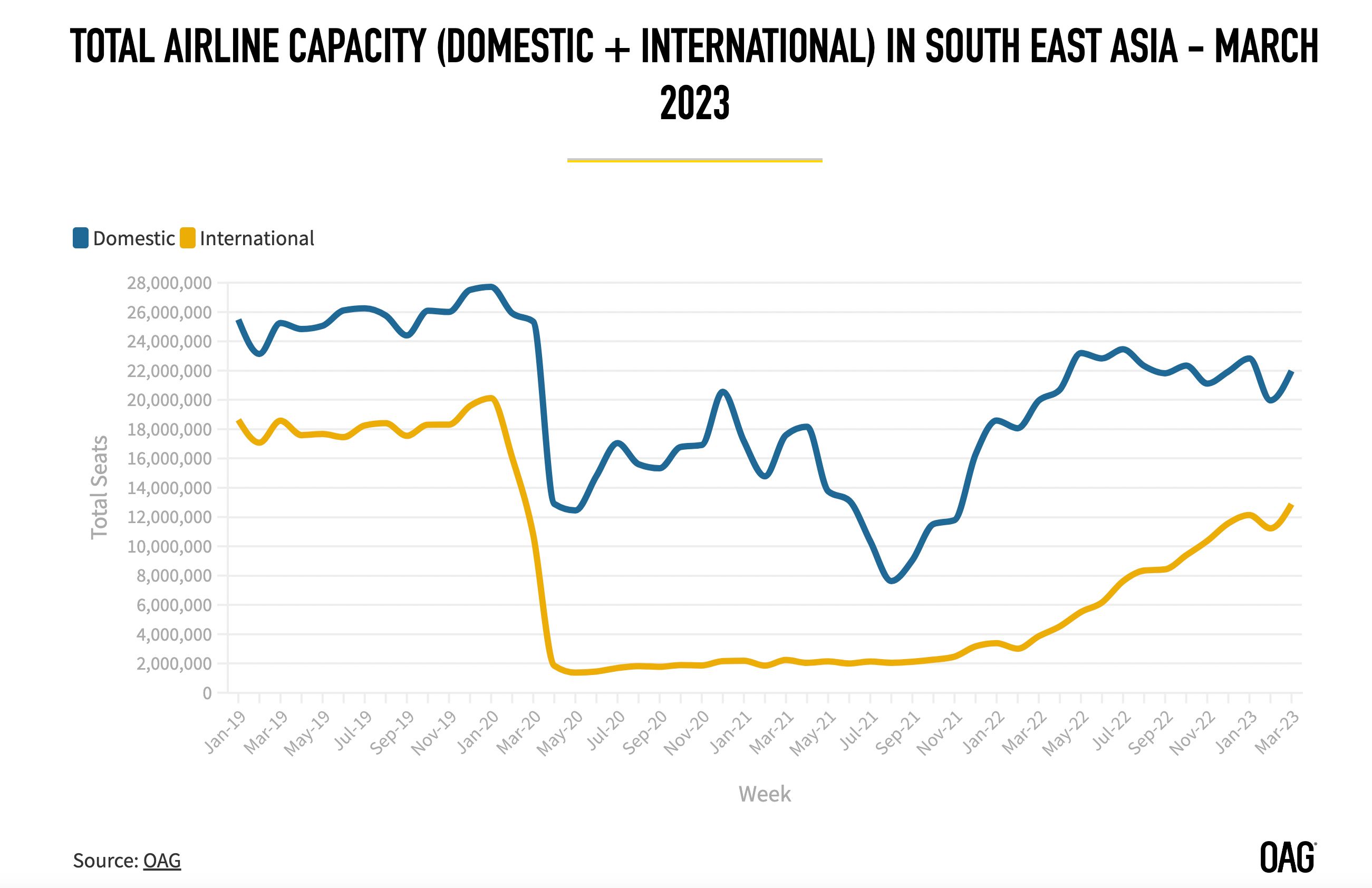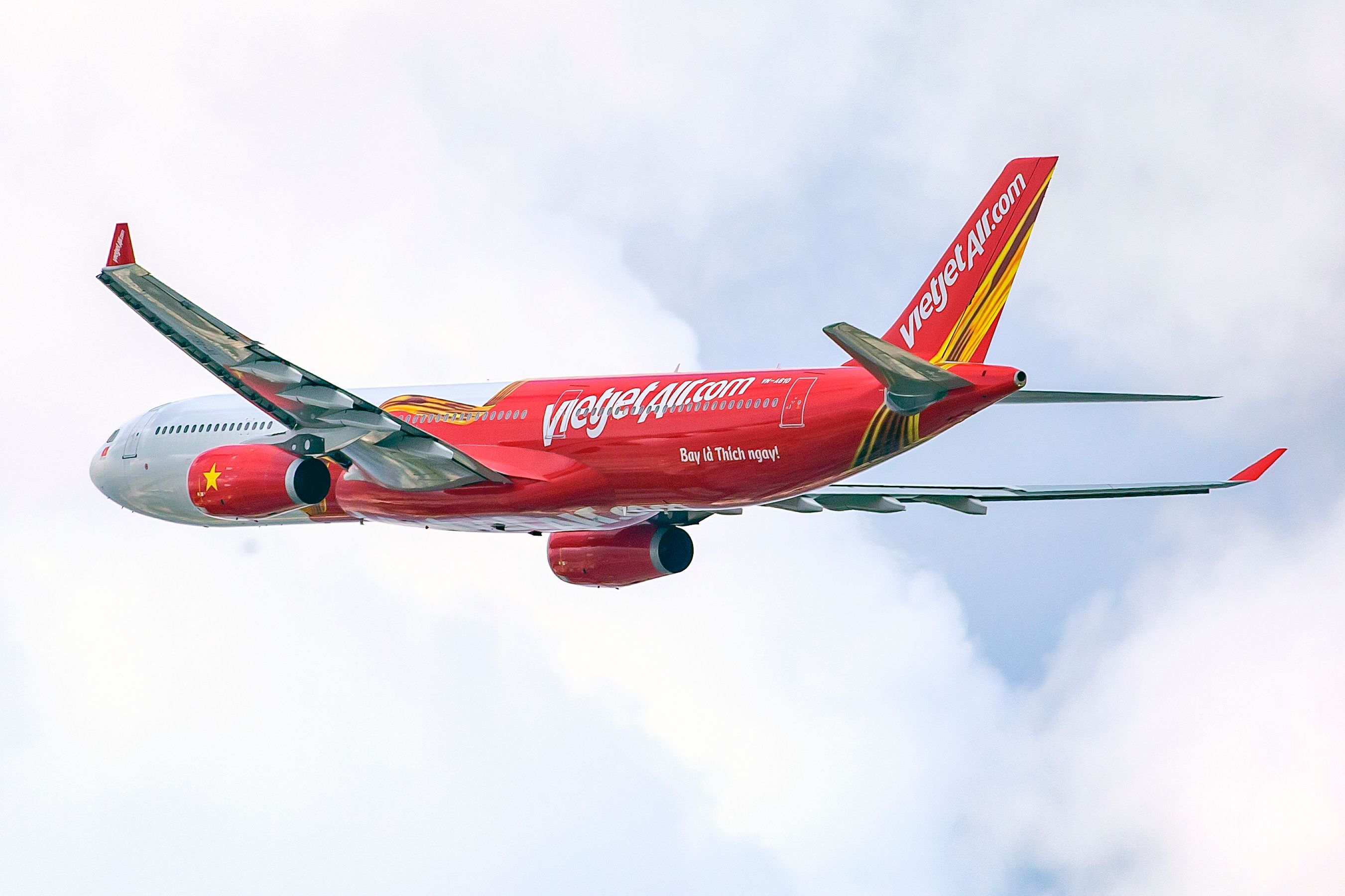Despite all of the hype around commercial aviation returning to 2019 levels, the reality is that globally there were around twenty-three million fewer seats available in March 2023 than in March 2019. About 14.4 million or 63% of those seats are missing from the Asia-Pacific region, with South East Asia lagging recovery the most.
Where is the recovery at?
March statistics from schedules analyzer OAG show that globally there were 445 million seats available in March 2023, a decline of 5.2% compared to March 2019. OAG classifies global capacity into 17 regions, although their global map does provide country-by-country figures. Of the 17 regions, the best-performing compared to March 2019 was Central Asia (+24%), while Southern Africa has the most ground to make up, coming in at -25.6%, closely followed by South East Asia at -21.2%.
OAG divides Asia into four regions, Central Asia, North East Asia, South Asia, and South East Asia. It also has a Southwest Pacific region, which includes Australia and New Zealand, so for this article, those five regions have been grouped as Asia-Pacific (APAC). This grouping had 168.4 million seats available in March, 38% of global capacity, compared to 105.3 million in North America, 96.5 million in Europe, and 40 million in Latin America.
Find more news about Asian aviation here
Asia-Pacific is not one country
Breaking APAC into the sub-regions, North East Asia had 98.2 million seats, South East Asia 34.5 million, South Asia 22.7 million, Southwest Pacific 11 million, and Central Asia 2 million. Besides Central Asia, South Asia is the only other APAC region to recover fully, ahead of 2019 by 7.6%, with the gains driven mainly by Indian capacity, up by 10%.
The lost capacity mainly comes from two distinctly different regions, North East Asia at 4.5% down and South East Asia down by 21%. Here, percentages are not a good indicator, with North East Asia behind 2019 capacity by around 4.3 million seats, Southeast Asia by 9 million, and Southwest Pacific, mainly Australia, down by 1.1 million.
China has primarily copped the blame for holding aviation back, but the OAG figures show it is operating 3% above 2019 capacity, with 73.6 million seats available. Japan had 15.4 million seats available, which is 36% below 2019 levels, leaving a hole of around 8.5 million seats. So China's gain, primarily driven by domestic traffic, is wiped out by Japan's loss, leaving North East Asia in arrears.
Perhaps the more serious fall is in South East Asia, which includes Thailand, Vietnam, Malaysia, Indonesia, the Philippines, Singapore, and several smaller aviation nations. Capacity in March this year is 34.8 million seats, compared to 43.8 million in 2019, with only one country, Vietnam, ahead of pre-pandemic numbers.
The available seats and 2019 comparisons are Indonesia 10 million (-20%), Thailand 6.4 million (-31%), Vietnam 6 million (+4%), Philippines 4.4 million (-8%), Malaysia 4.4 million (-27%), Singapore 2.8 million (-22%) and others 0.8 million (-55%).
The chart shows domestic and international capacity has fallen in South East Asia, although international has leaked the most seats. Of the 9 million seats lost, international capacity accounts for 5.8 million (-32%), while domestic lost 3.2 million (-13%).
What's it all mean?
Most importantly, this discussion and the numbers relate to available seat capacity, not passengers. So in some ways, they mirror how individual airlines are approaching COVID recovery and how aggressively they are pursuing growth.
Unsurprisingly, Vietnam is ahead of the game, given how airlines like VietJet and Vietnam Airlines are rebuilding capacity and opening new markets. For example, VietJet is launching nonstop routes between Ho Chi Minh City and Sydney and Melbourne next month and following up with Brisbane in June.
It is not just the new routes that show VietJet's intent; it's the offers, such as free flights with only taxes and fees payable, free domestic flights in Vietnam, and now cheap flights to Hong Kong via Ho Chi Minh City for just AU$200 ($133). It is putting the capacity out there and aggressively trying to fill it. In contrast, many of the legacy carriers in Asia-Pacific are managing or constraining capacity to keep their load factors and ticket prices high.
It seems that Asia-Pacific's road to full recovery will be built by the low-cost carriers giving customers a reprieve from the inflated ticket prices many legacy airlines are clinging to. Perhaps fortune will favor the brave this time around.
What do you think about this? Let us know in the comments.

